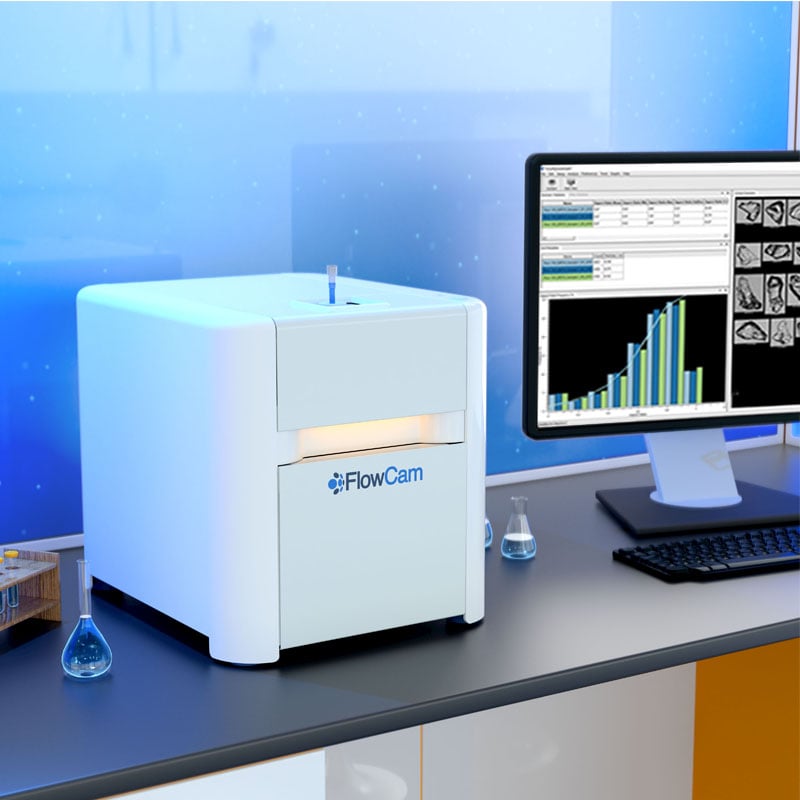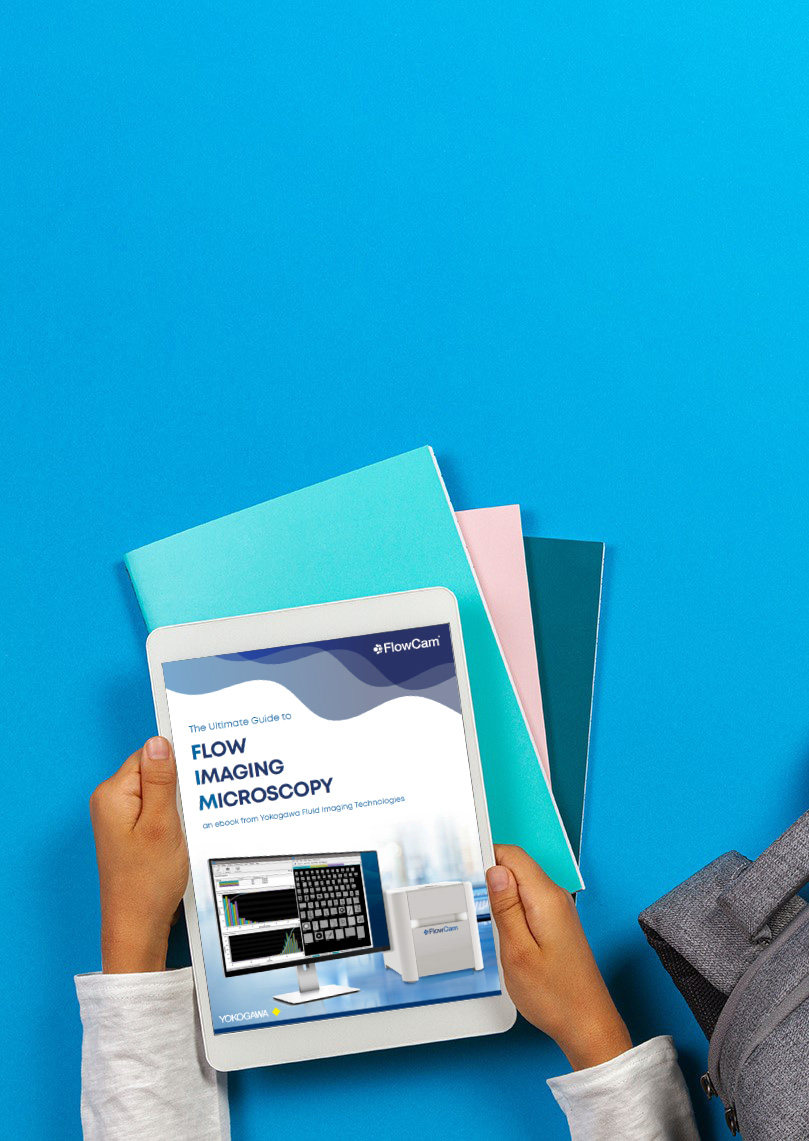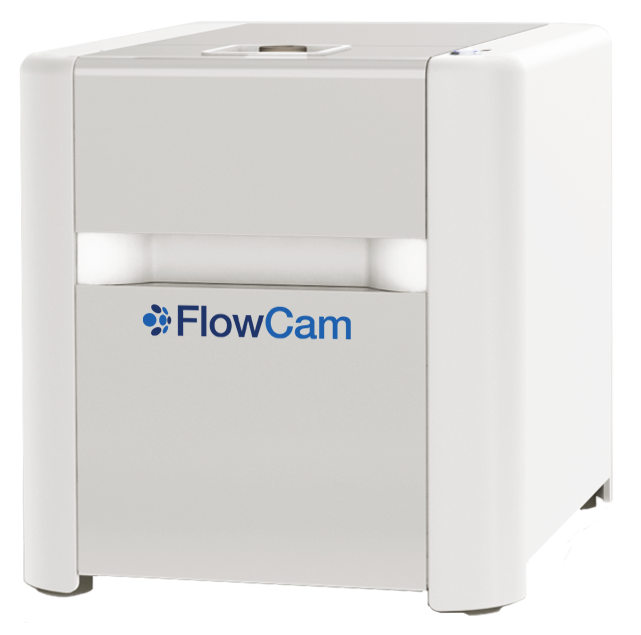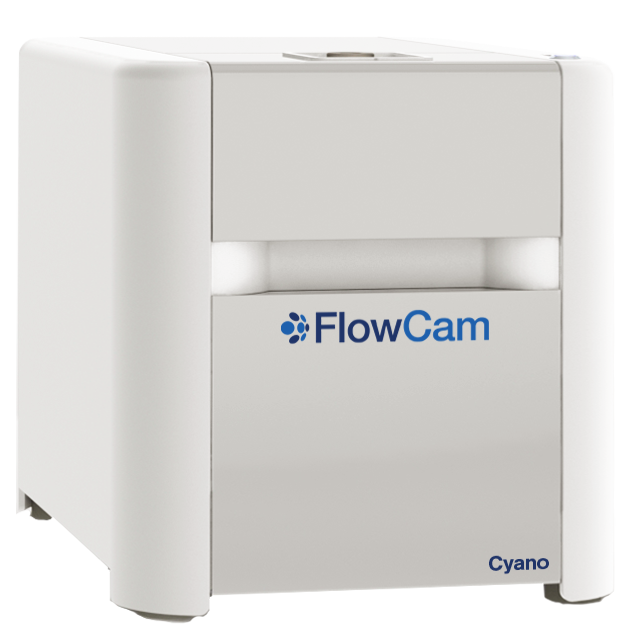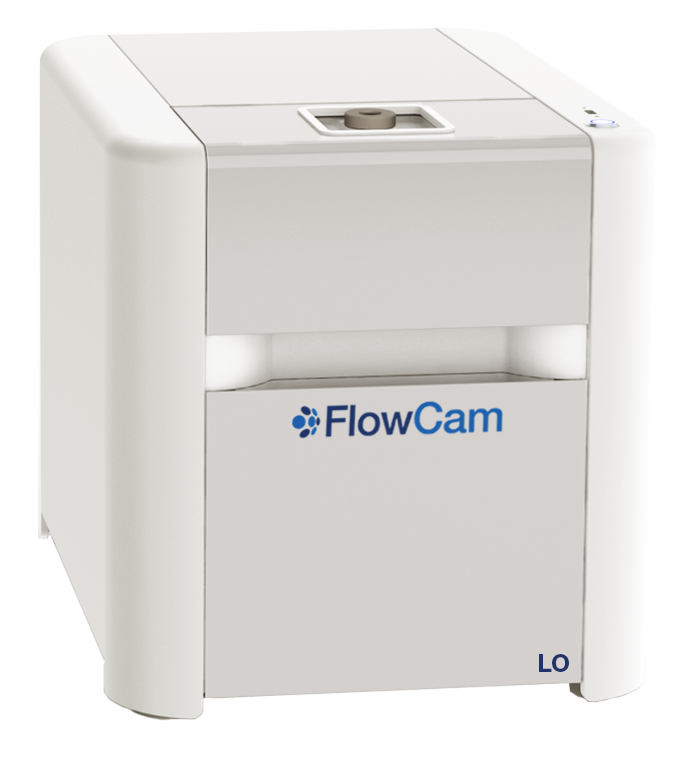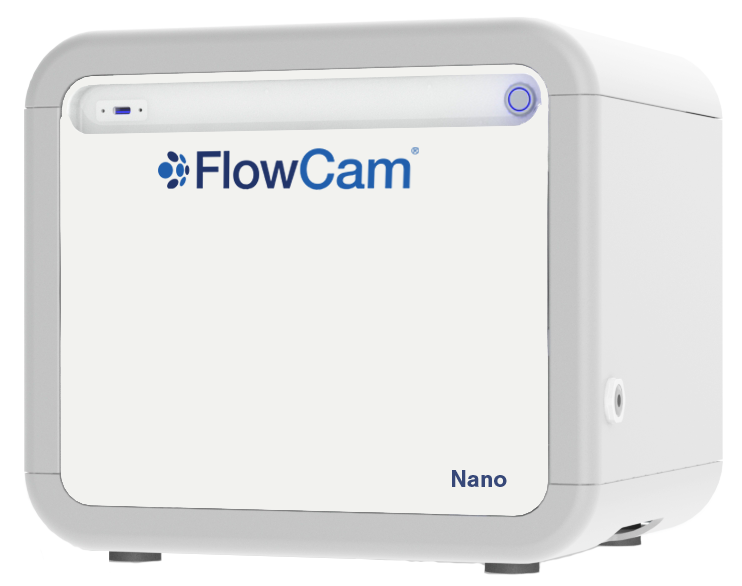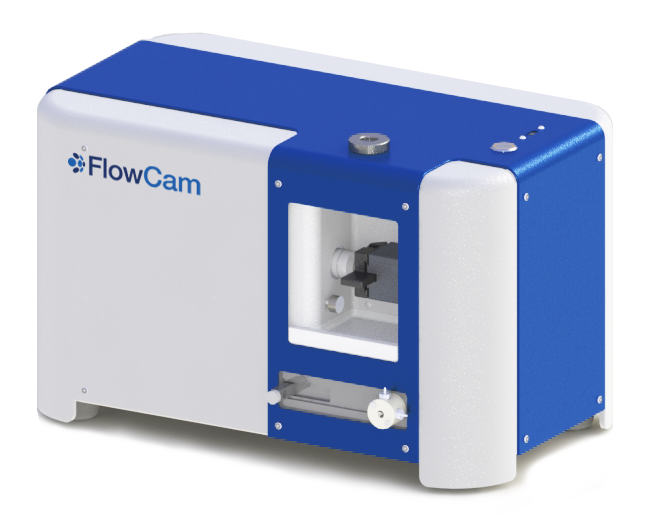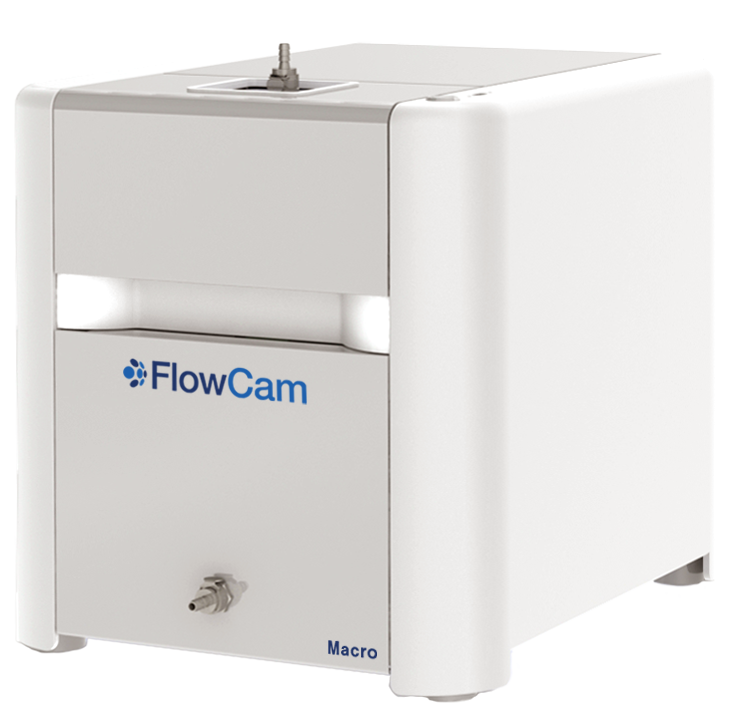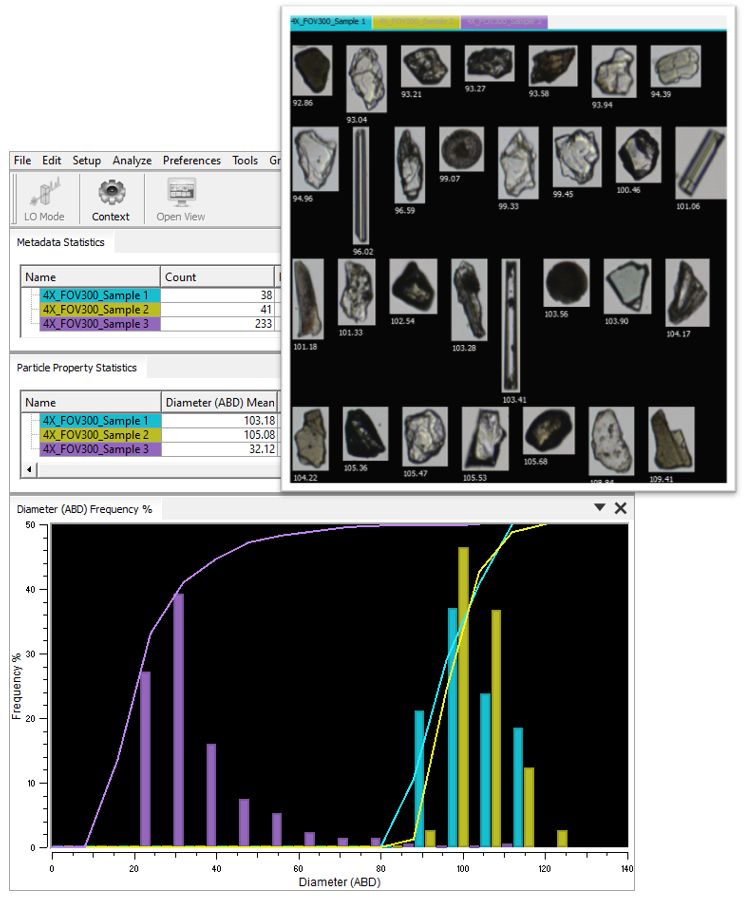FAQs About FlowCam Particle Analyzers
What is a particle analyzer?
Particle analyzers are analytical instruments used to examine small objects in a sample. Particle analysis instruments enable scientists to count and characterize particles in a wide range of sample types, including biopharmaceutical formulations, environmental samples, and advanced materials.
Why use an image-based particle analyzer?
Image-based particle analyzers—like FlowCam—offer several key advantages over traditional particle analysis methods such as laser diffraction, light obscuration, and electrozone sensing.
- High-resolution images enable visual validation and detailed morphology
- Each particle is characterized individually, allowing for size distributions based on multiple dimensions, concentration data, and population diversity metrics
- Individual particle tracking provides particle-level statistics and classification
- Visual evidence supports regulatory compliance and validation protocols
- Adaptable to diverse research and QC environments
How do FlowCam particle analyzers work?
FlowCam analyzers use flow imaging microscopy to produce high-resolution images of particles and microorganisms in a liquid sample. The sample is loaded into the injection port, where a precision syringe draws it through an optical flow cell. As the sample flows, a fluidics sensor triggers a high-speed camera to record images across the full width and depth of the flow cell. Images are captured and segmented into discrete particles in real-time, then automatically analyzed, filtered, and grouped, based on user-defined parameters.
What applications are FlowCam particle analyzers used for?
FlowCam particle analyzers are versatile instruments that serve a wide range of applications where morphological characterization with high-quality images is a must, including:
- Biopharma: FlowCam analyzes protein therapeutics, cell therapies, gene therapies, and other biotherapeutics by detecting protein aggregates, identifying subvisible particles, and verifying API quality in injectable formulations. This insight helps optimize formulation development and manufacturing processes to minimize and control particle formation.
- Aquatics: In water quality monitoring, plankton research, aquaculture, and microalgae cultivation, FlowCam identifies and classifies cyanobacteria, algae, zooplankton, and other microorganisms. This data supports ecosystem studies, harmful algal bloom detection, and aquaculture health management.
- Materials: FlowCam analyzes aggregates, defects, contaminants, and other particles in food and beverage production, environmental monitoring, and advanced materials research. These insights help with product development, quality control, and contamination detection across a variety of material types.
How do I select the right FlowCam particle analyzer for my application?
The right FlowCam particle analyzer depends on the specific demands of your project. Start by using the Application filter at the top of this page to see which instruments are suited to your broader application. Then consider the following factors:
- Particle size range: Flow imaging systems use fixed optics at different magnifications to target specific size ranges. Selecting the right magnification range ensures you capture crisp, accurate images of particles most relevant to your analysis.
- Sample characteristics: Certain samples benefit from specialized detection methods. The two-channel fluorescence available with FlowCam Cyano, for instance, can distinguish microorganisms like algae and cyanobacteria, while the highly sensitive optics system in FlowCam 8100 can improve counting accuracy for translucent particles like protein aggregates in biologic drugs. The right detection capability offers sharper identification and more reliable data.
- Regulatory requirements: Biopharmaceutical applications often require compliance with USP <788> and <787> for subvisible particle analysis. USP <1788> provides additional guidance on these methods, recommending flow imaging microscopy to better capture particle morphology and improve accuracy for translucent particles like proteins. Selecting a particle analyzer that meets these standards—and delivers the highest possible image resolution—can simplify regulatory reporting and increase confidence in your results. FlowCam LO combines flow imaging microscopy technology with light obscuration to meet USP requirements with a single particle analysis instrument.
To see if FlowCam is right for you, request a quote and share your particle characterization needs. Our team will schedule a call to discuss the best configuration for your samples, then follow up with a formal quote. We can also arrange a seminar, demonstration, or sample analysis as needed.



